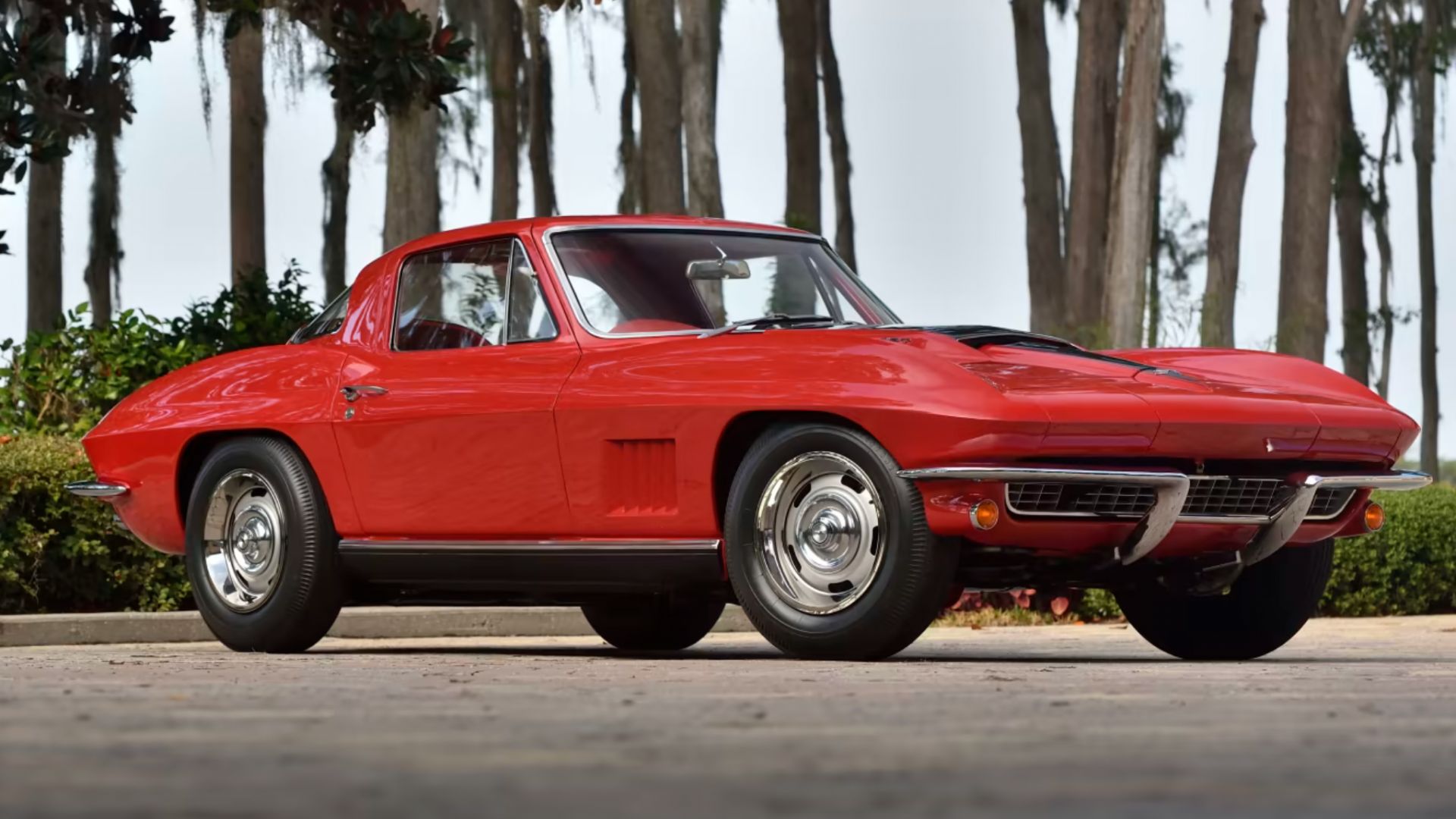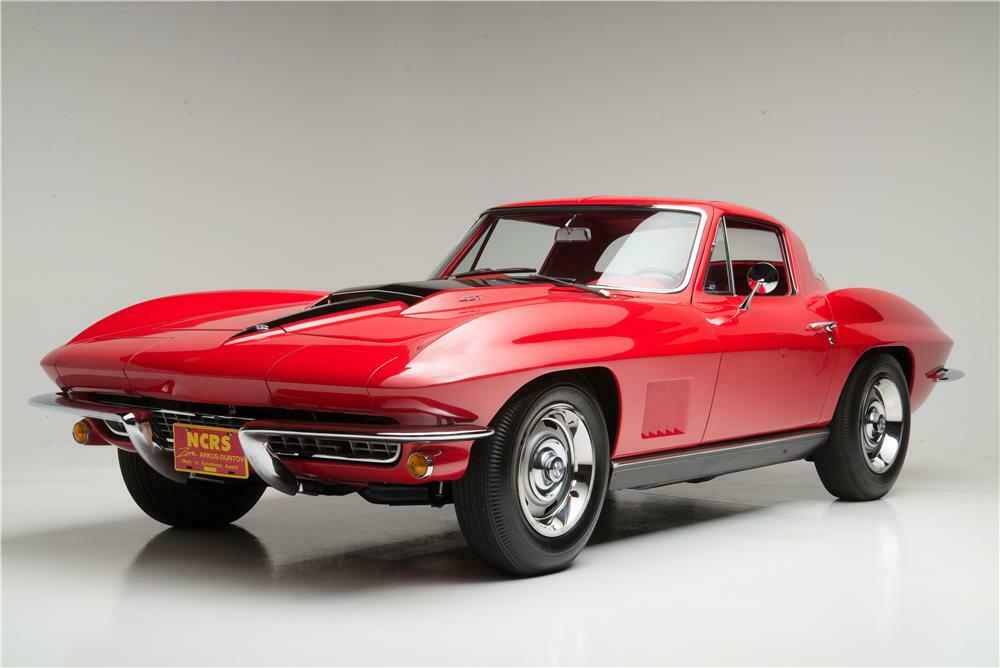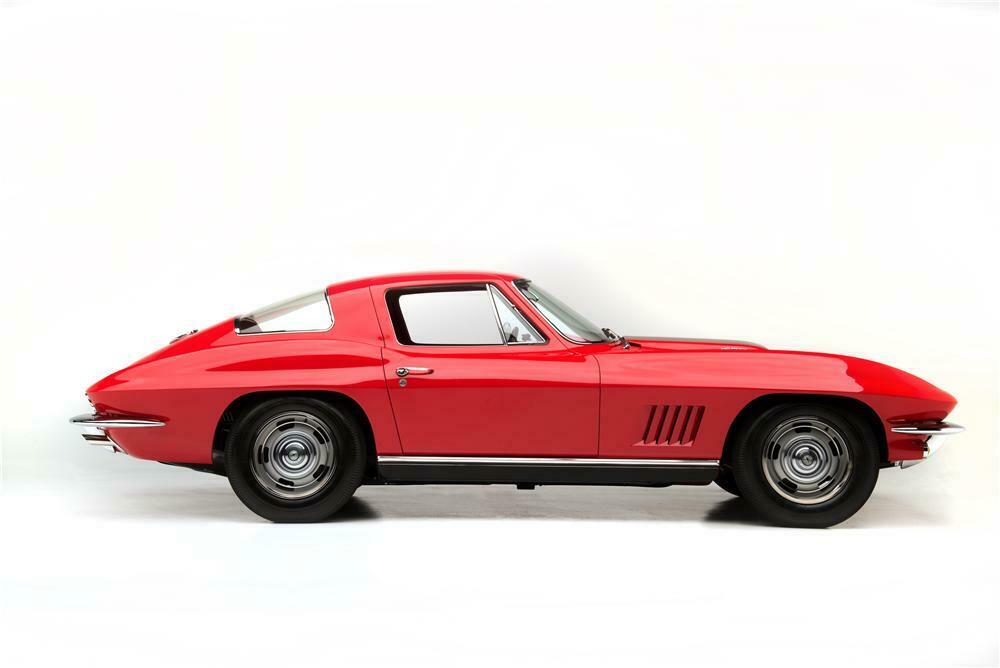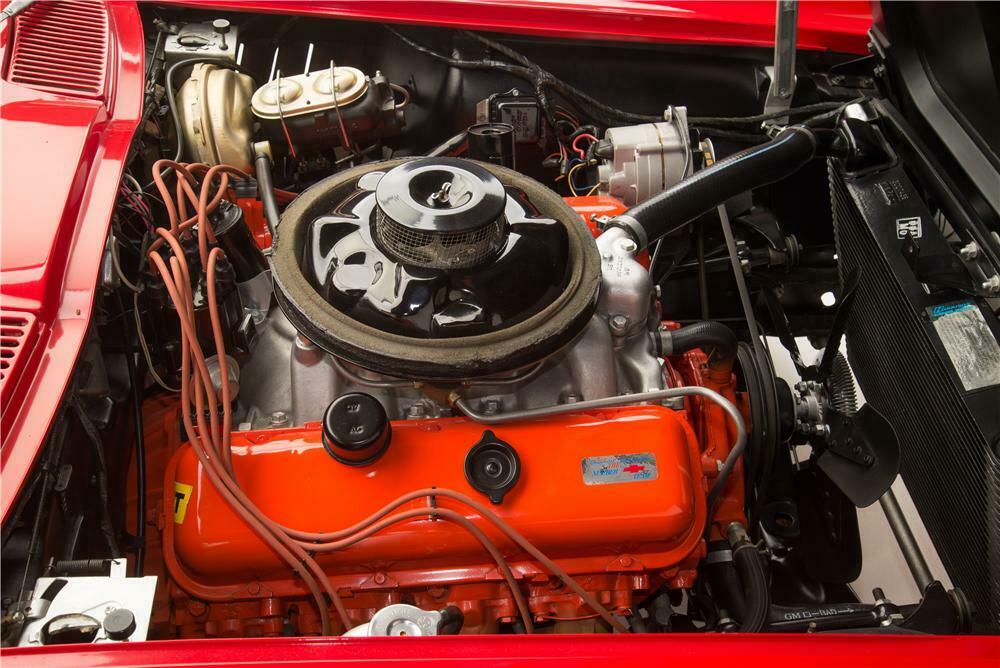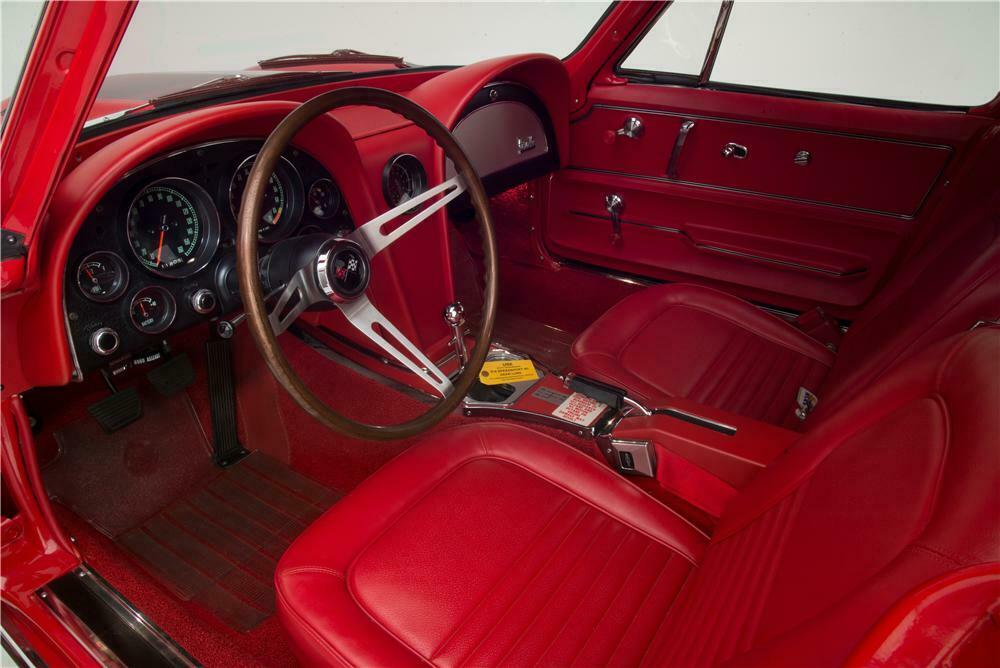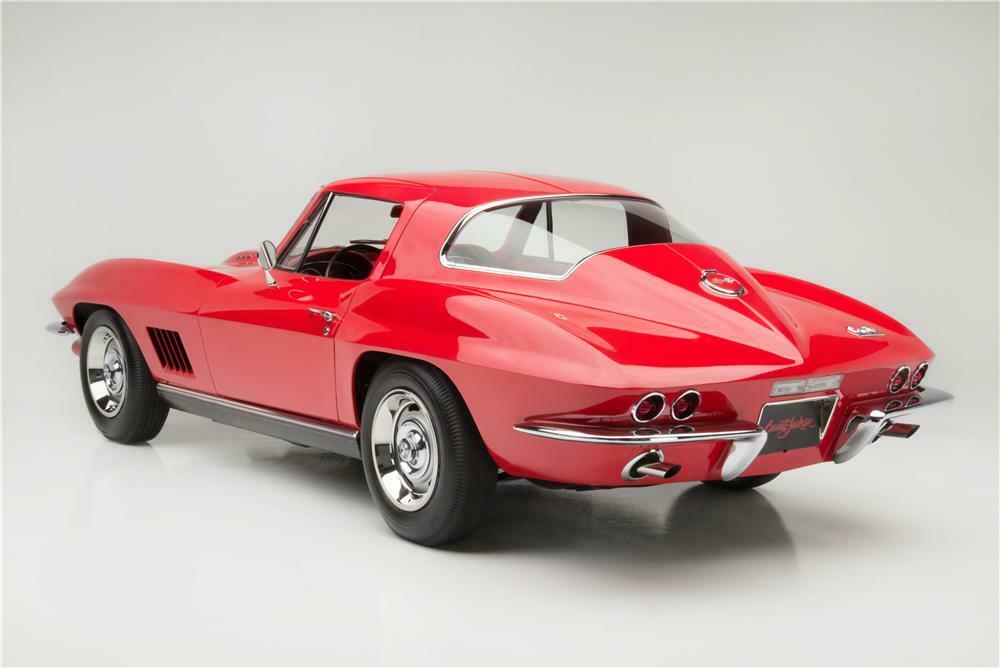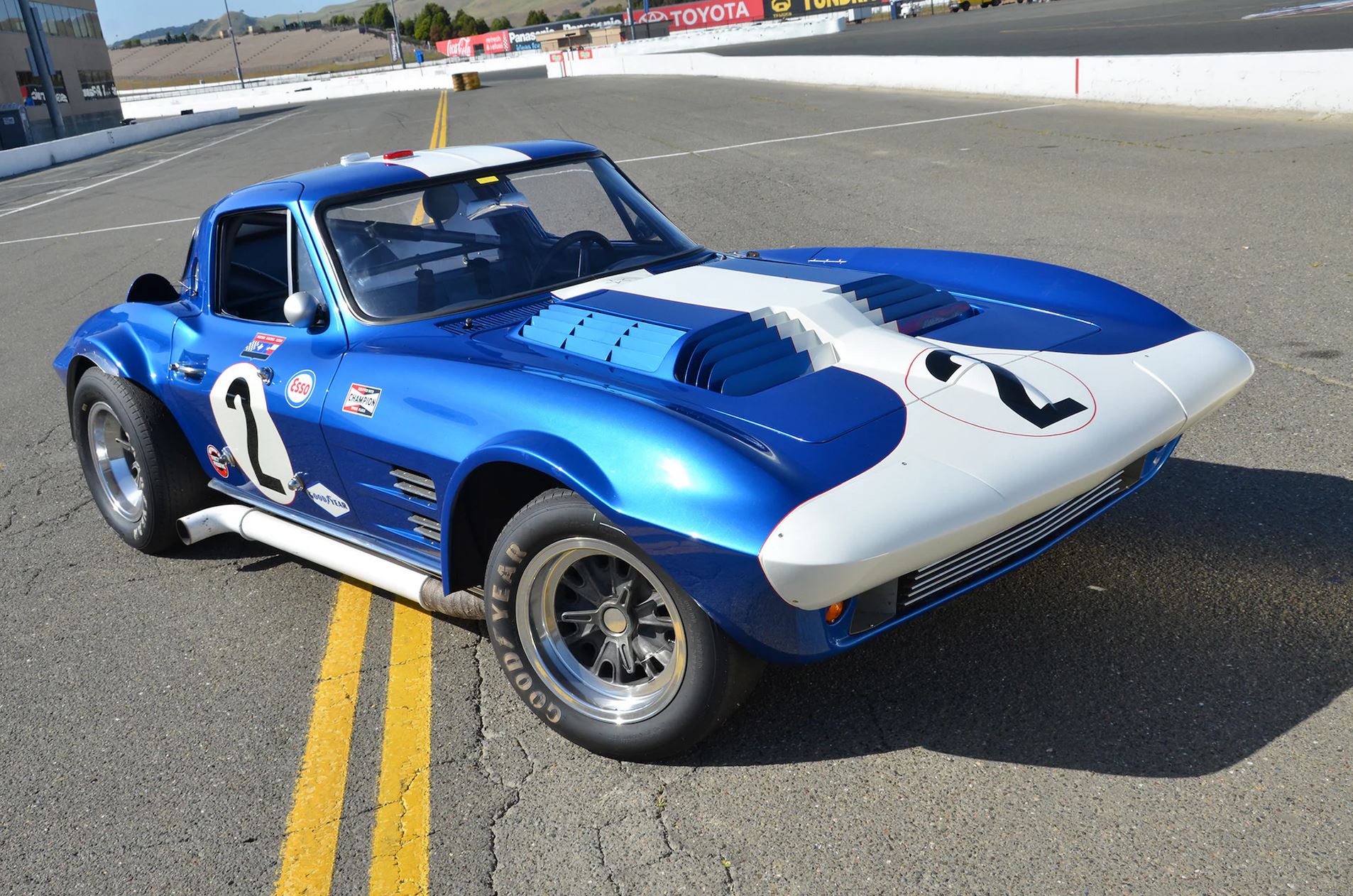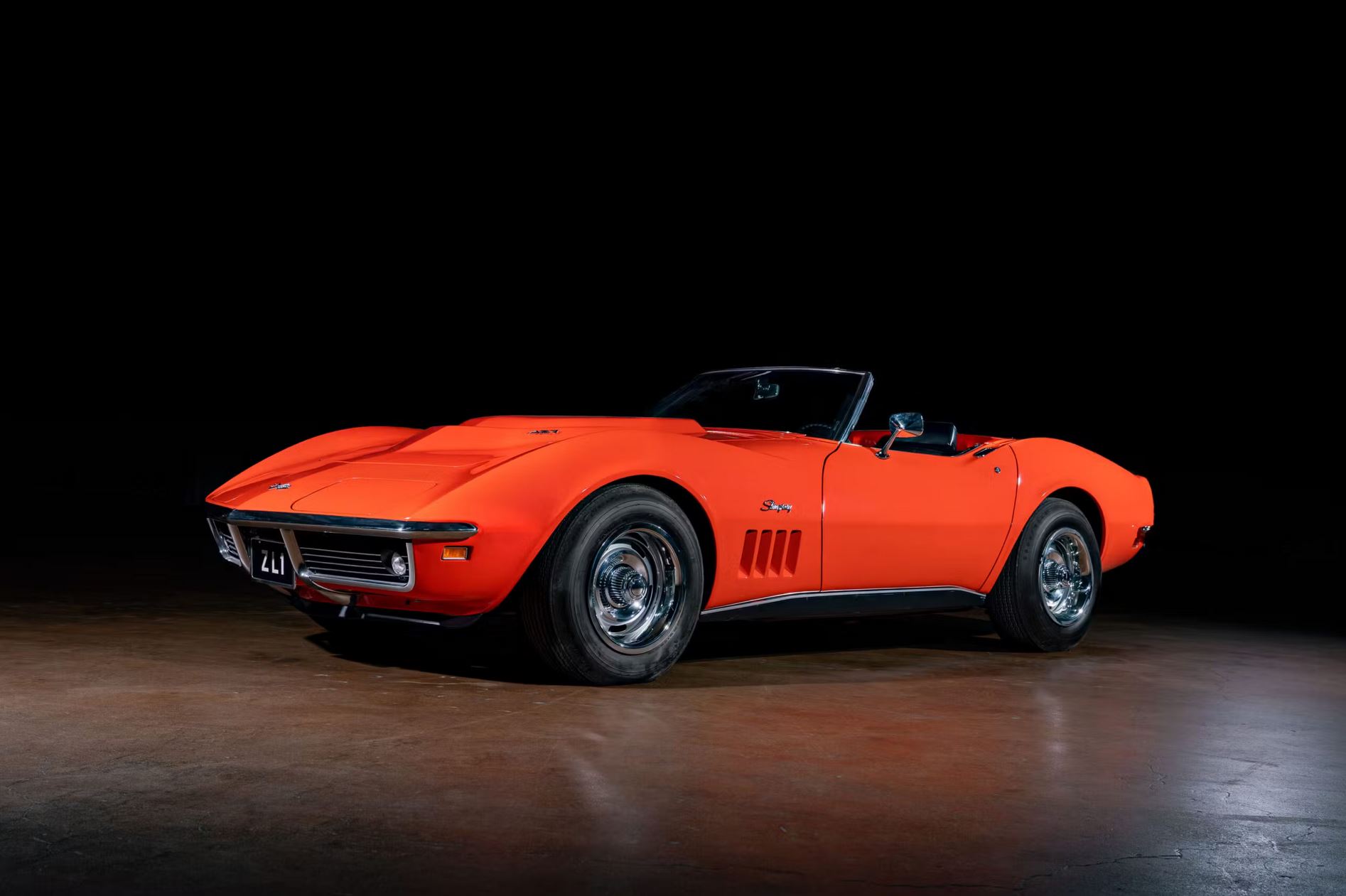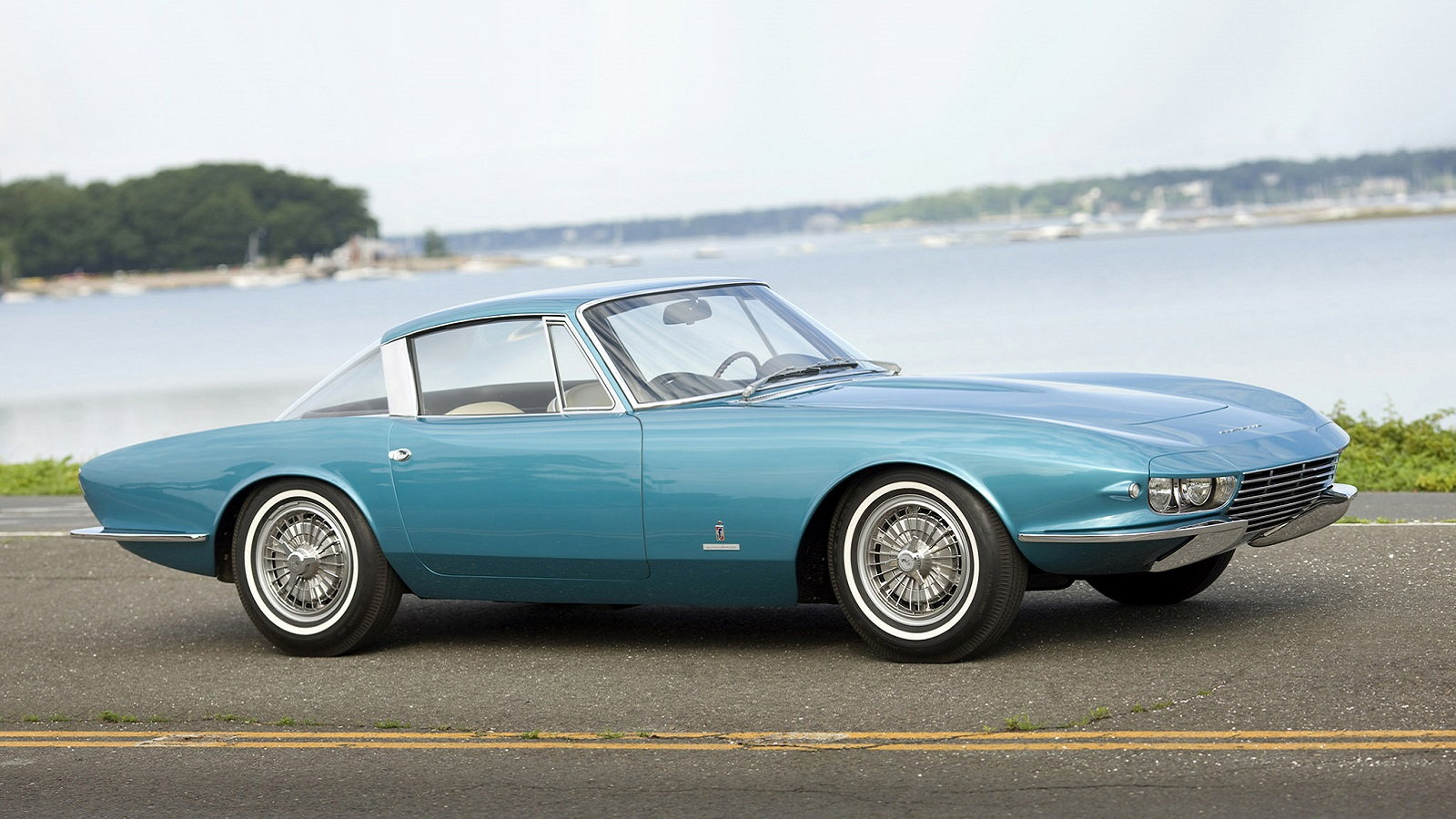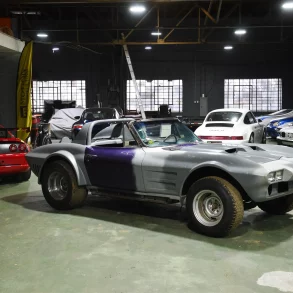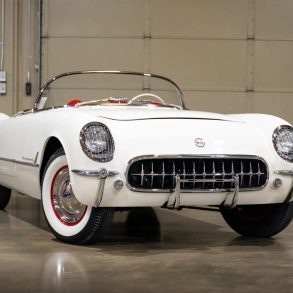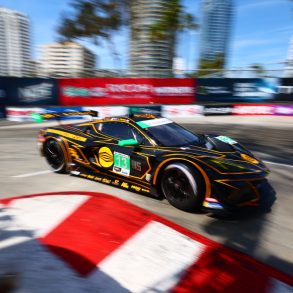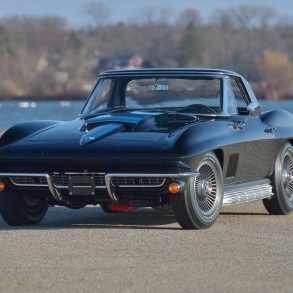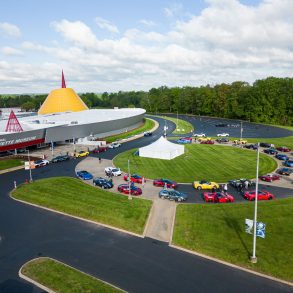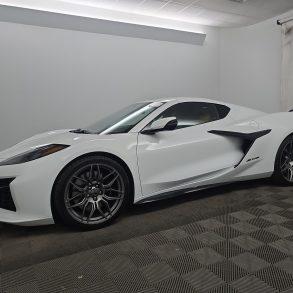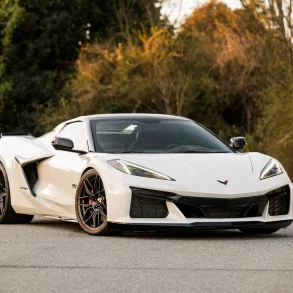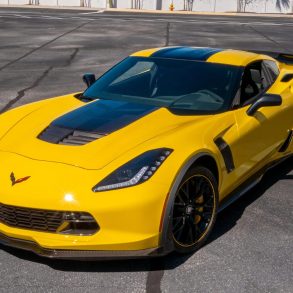An Everlasting Legacy
The 1967 L88 Corvette Coupe is renowned amongst automotive enthusiasts as one of the most iconic and revered Corvette models in Chevrolet’s flavouful history. This classic beauty emerged in an era where muscle cars ruled the streets and racetracks and was designed with a singular mission and focus: performance. And lots of it, too.
Under the watchful eye of Zora Arkus-Duntov, the “Father of the Corvette” and director of GM’s performance division, the L88 went through the paces and was developed as a purpose-built racer but largely disguised as a street-legal sports car. Its release in 1967 took Corvette lovers by storm and has gained a holy grail status with modern enthusiasts.
As the occasional star player in automotive auctions, along with an extremely limited production run and unmatched power (back then), the L88 has cemented its status as a legendary figure in the automotive world, and will likely endure in the years to come.
Performance Specifications
- Engine Type: 427-cubic inch V8
- Power Output: Rated: 430 horsepower (conservative). Actual: Approximately 560 horsepower
- Compression Ratio: High (12.5:1)
- Cylinder Heads: Aluminum
- Carburetor: Specially designed Holley
- Transmission: M22 “Rock Crusher” heavy-duty 4-speed manual
- Suspension: F41 heavy-duty
As mentioned, the 1967 L88 Corvette Coupe is renowned for its exceptional performance, which was engineered specifically for racing. Under the hood of this car lies the beating heart that is the 427CI V8 engine.
It was a highly modified version which was conservatively rated at 430 horsepower purposefully. Why? Due to the small production numbers, GM wanted to put as many of these cars on the racetrack, not in the hands of casual buyers who couldn’t appreciate the performance and work of art GM had developed. The primary goal was to position this car to racing teams, and rightfully so, given that the actual output of the engine was closer to 560 horsepower which gave a stock L88 enough power to run a ¼ mile in the mid-to-high 11-second range.
The 427CI V8 ran a high compression ratio of 12.5:1 and the induction system was designed for peak performance. It featured an 850 CFM Holley four-barrel carburetor that optimized the fuel-air mix, an aluminum high-rise intake manifold that minimized airflow resistance, and aluminum cylinder heads with larger intake and exhaust valves for improved airflow.
A high-lift camshaft ensured that the valves opened wider and stayed open longer, allowing more air and fuel into the combustion chambers; all these components worked together to maximize engine power.
Other mandatory options like the M22 “Rock Crusher” heavy-duty 4-speed manual transmission and the F41 heavy-duty suspension only served to bolster the performance of the L88 in terms of handling and stability. The L88 was designed as a high-performance, race-ready vehicle, and many comfort features, including air conditioning, were deliberately omitted to reduce weight and enhance performance
It’s no wonder that other L88 coupes hold a storied place in racing history and contributed to its success in endurance races such as the 24 Hours of Daytona and the 12 Hours of Sebring.
Why’s It So Expensive?
There are other Corvettes that have hit the auction scene over the years and sold for eye-watering amounts, such as a 2023 Chevrolet Corvette Z06 (VIN 001) and 2020 Chevrolet Corvette Stingray (VIN 001), both of which sold for $3.6 million and $3 million, respectively. However, these were also sold in the spirit of supporting good causes such as Operation Homefront and the Detroit Children’s Fund.
The L88 Coupe is an entirely different story as it holds historical significance, rarity, racing pedigree, and more. With a limited production run of only 20 units, it’s a collector’s dream to own one of the most sought-after rarities in the automotive world. Its rarity is just a fraction of why this particular red L88 coupe earned its massive price tag.
- Rarity and Value: With only 20 ever made, fewer have survived over the years. It’s estimated that roughly 10 of them remain today.
- Award-Winning Restoration: This particular L88 won the National Corvette Restorers Society Top Flight. Achieving this award requires a rigorous judging process and a high originality score.
- Historical Significance: The L88 engine, introduced in 1967, is one of the rarest and most iconic options ever offered by Chevrolet. Additionally, the 1967 model year marked the final production year for the C2 Corvette.
- Performance and Engineering: To put off casual buyers, the engine output was rated at 430 hp but the actual output was significantly higher (560 hp), making it one of the most powerful Corvettes until 2009.
- Unique Attributes: This specific L88 was the only one to leave the factory with red paint in 1967. Convertibles were more popular, making coupes like this even rarer.
At the Mecum Glendale 2024 Auction back in March, a Sunfire Yellow L88 coupe sold for $1.815 million, but it’s easy to see why this particular red-on-red model stole the show.
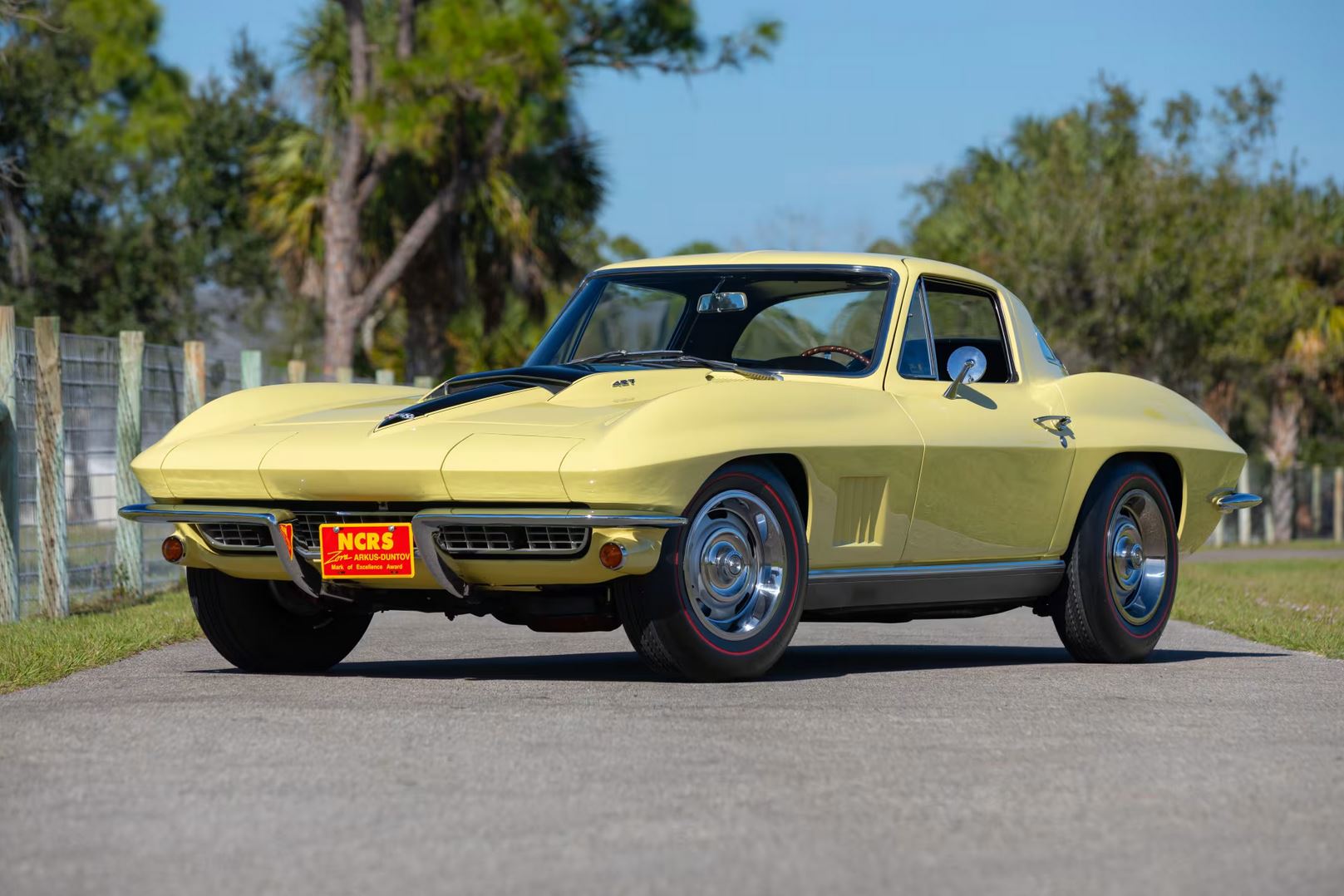
Hidden Gems Are Out There
Looking to buy a Corvette yourself? While you’re not likely to get your hands on a rarity in a junkyard, you can still come across diamonds in the rough as there are always deals out there waiting to be found.
Whether it’s a new, used, or even a damaged vehicle that you’re aiming to restore, there are online car auctions you can peruse. Who knows? You just might find the perfect one.
Other Holy Grail Corvettes
1963 Corvette Grand Sport
Credit: Motor Trend
Another legendary racing car developed by Chevrolet’s chief engineer Zora Arkus-Duntov, only five units were built before the project was shut down due to a corporate decision to avoid factory-sponsored racing. The Grand Sport featured a lightweight chassis, fiberglass body, and a high-performance 377-cubic inch V8 engine. Despite the unfortunate limited production, it went on to become an iconic symbol of American motorsport innovation and prowess.
All 5 of the original Grand Sports actually live on to this day, surviving as displays in museums or as private collections. They make the occasional appearance at Concours events and it’s unlikely that one will come up for sale anytime soon. If it does, experts such as the Automotive Heritage Foundation estimate it would fetch between $6 to $8 million. Time will tell.
1969 Corvette ZL1
Credit: Hagerty
The 1969 Corvette ZL1 is one of the rarest and most powerful Corvettes ever produced, with only two units built. Imagine being one of two in the entire world.
Featuring an all-aluminum 427-cubic inch V8 engine derived from Chevrolet’s Can-Am racing program, it significantly reduced the car’s weight yet boosted its performance. The ZL1 engine was officially rated at 430 horsepower, but real-world figures suggested it produced well over 500 horsepower. Combined with the Corvette’s advanced suspension and braking systems, made the ZL1 a formidable contender on both the street and the track.
And it’s gorgeous, to boot.
1963 Corvette Rondine
Credit: Gooding & Company
The list of holy grails is not limited to just 3 models, but the 1963 Corvette Rondine is a standout given its status as a unique concept car designed by the famed Italian coachbuilder Pininfarina.
This beauty was unveiled at the 1963 Paris Auto Show and while the Rondine was based on the Corvette C2 chassis, it featured a strikingly different body design, characterized by smooth, flowing lines and a distinctive European flair.
The car retained the Corvette’s powerful V8 engine for performance but the design highlighted Pininfarina’s expertise in blending American muscle with Italian elegance. The Rondine remains a one-of-a-kind piece, celebrated for its artistic design and historical significance in automotive design collaborations.
After being displayed and preserved at Pininfarina’s museum for decades, the Rondine was sold at a 2008 Barrett-Jackson Scottsdale auction for $1.76 million into the hands of a private US collector. You can bet that will stay in the collection for quite some time.


